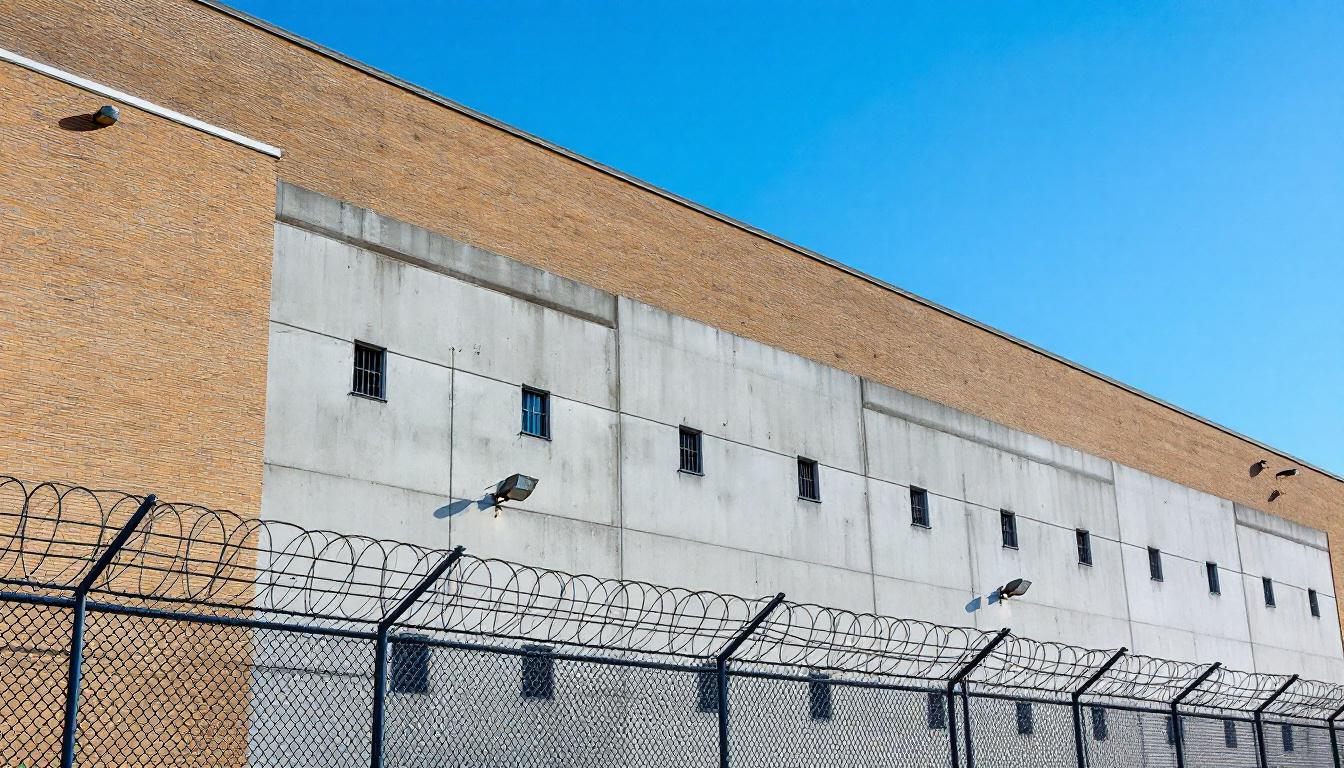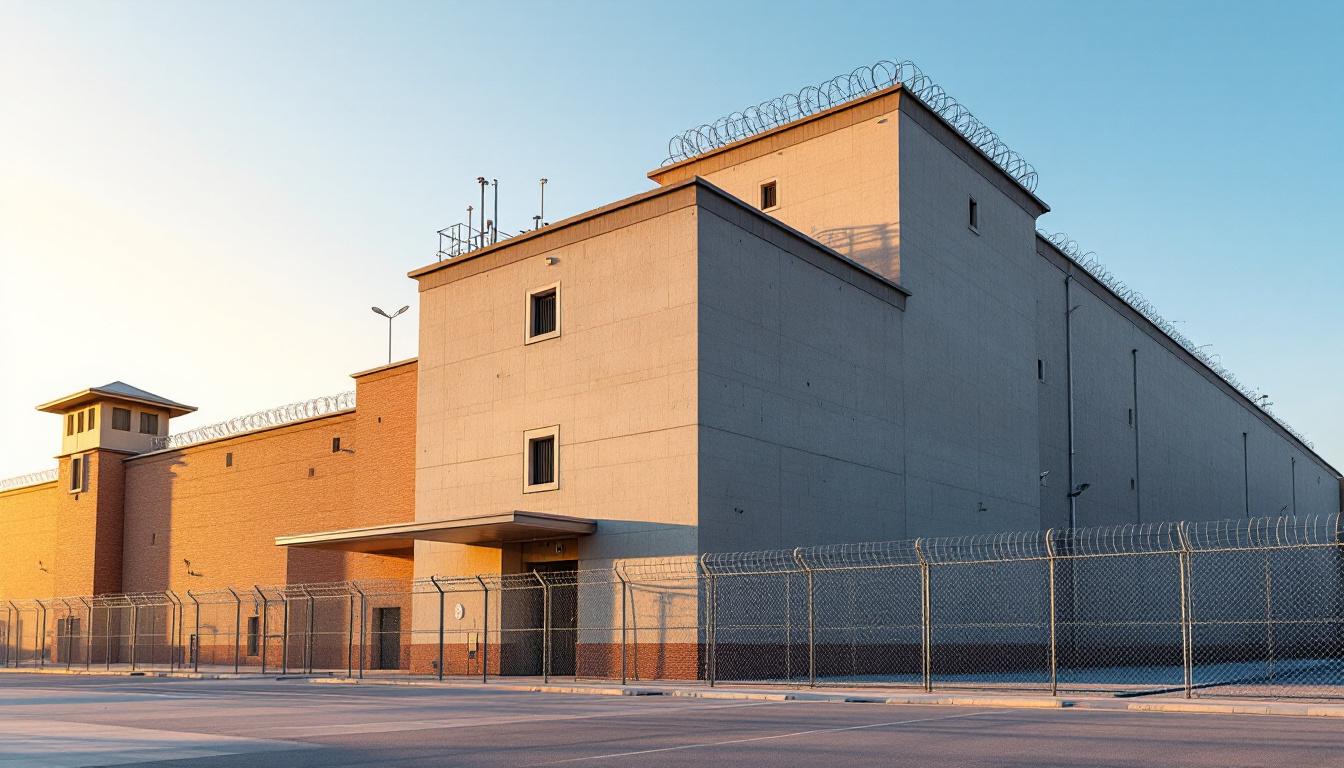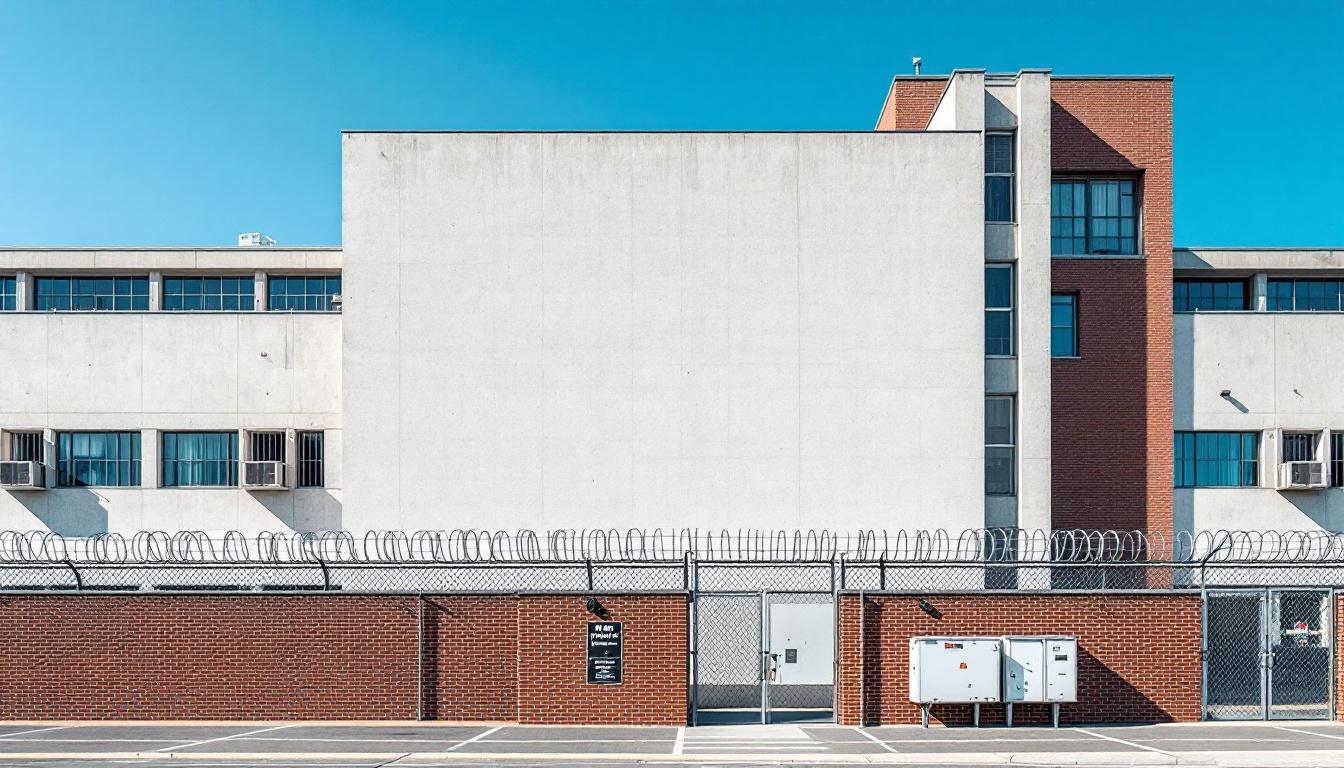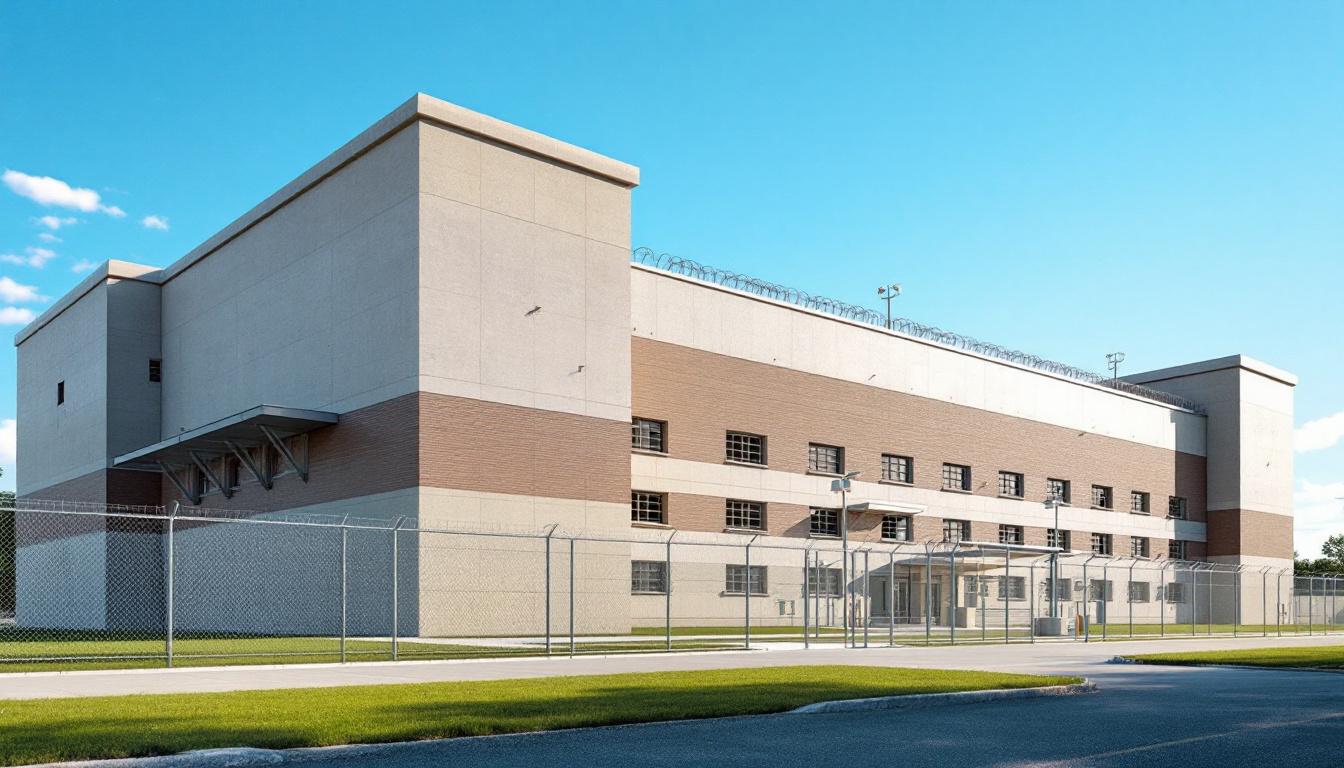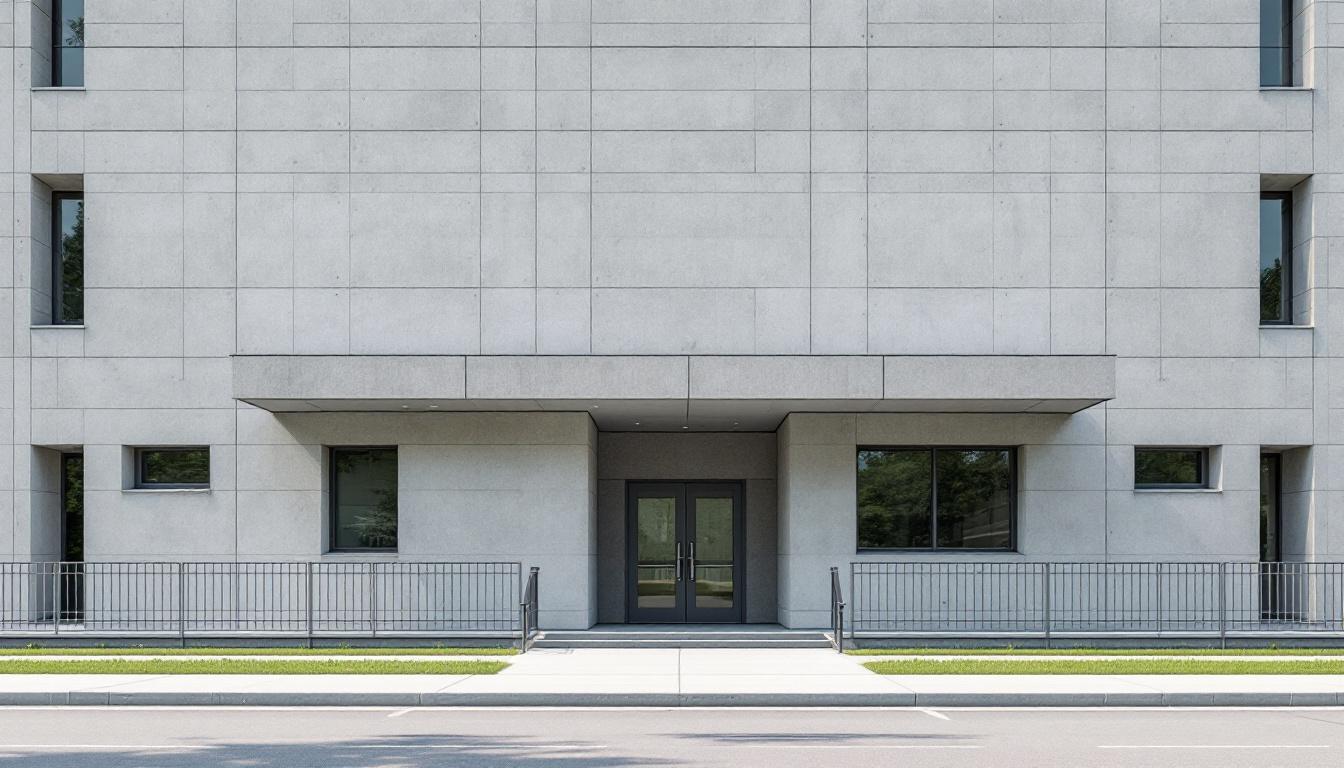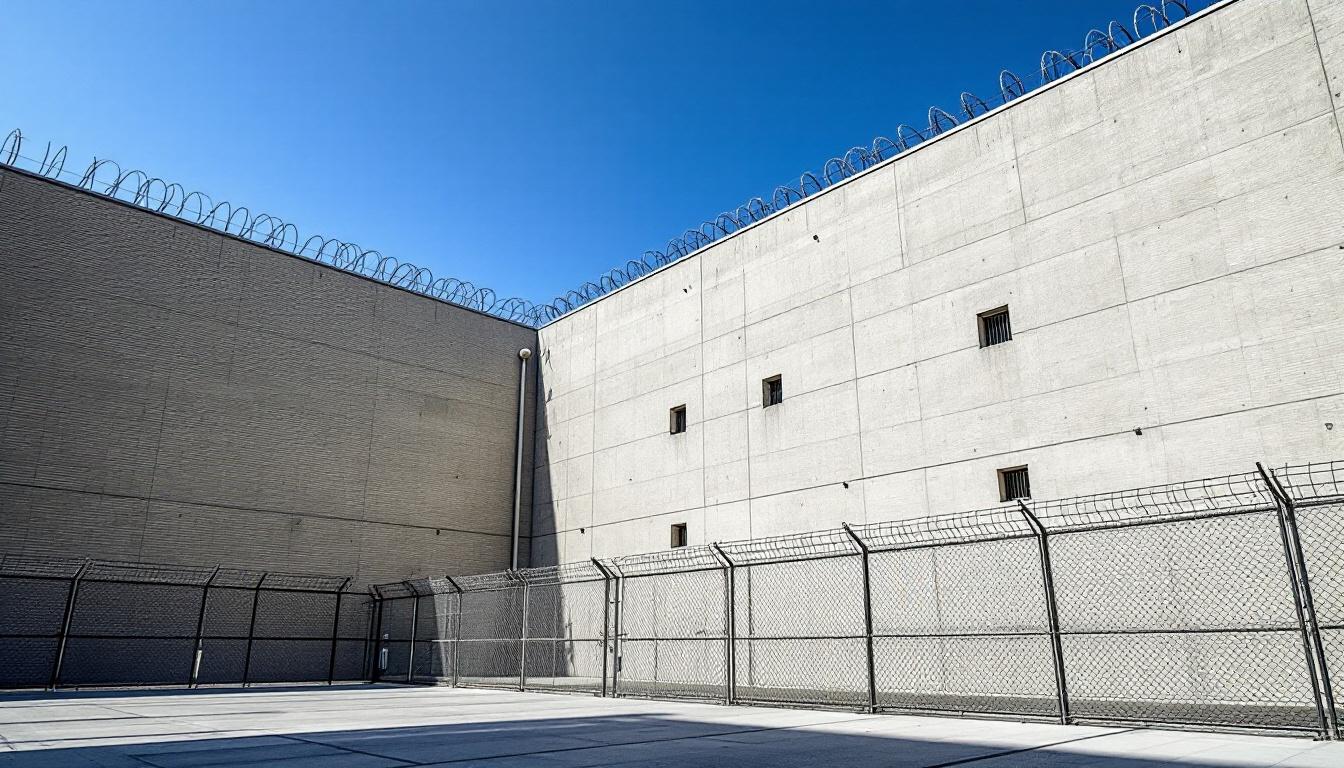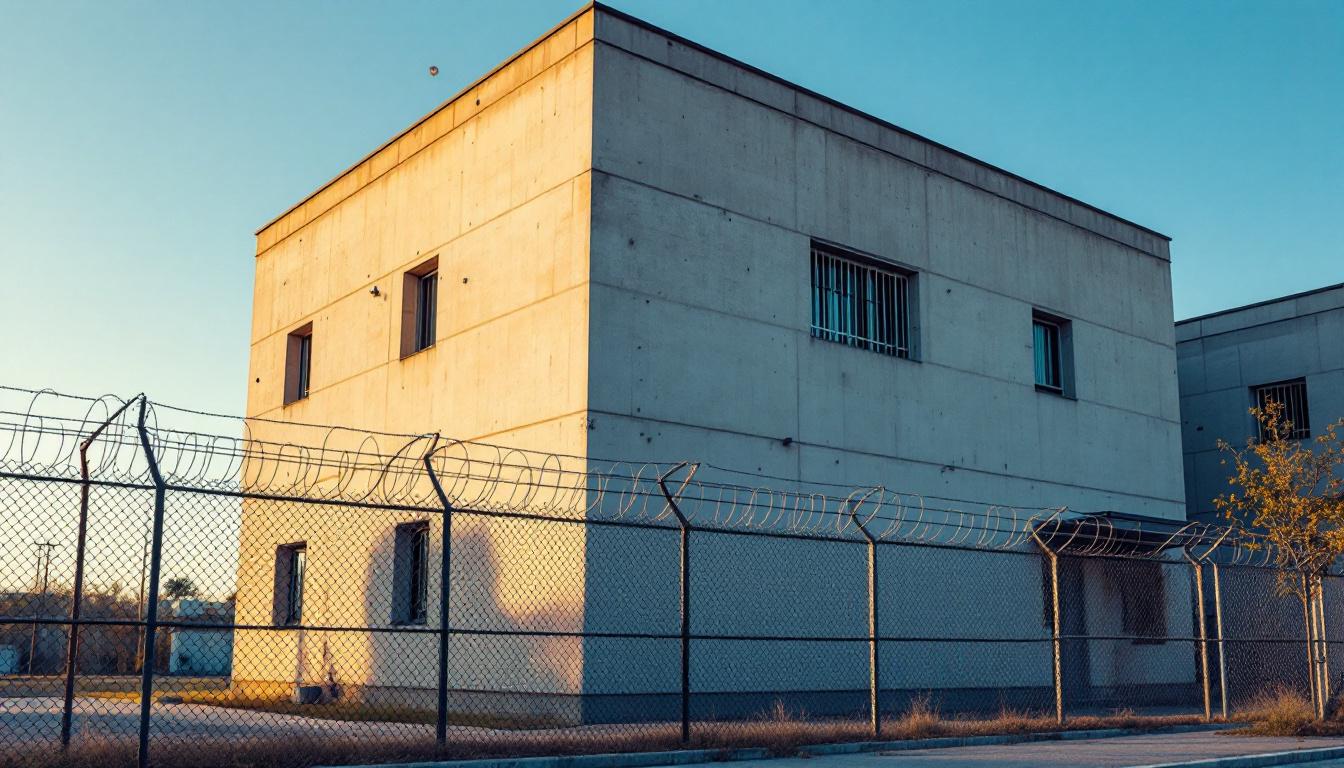
Quick Navigation
How to contact an inmate at Gallatin County Detention Center
This comprehensive guide will walk you through how to connect with an inmate at Gallatin County Detention Center. Follow the steps below to find an inmate and send letters and photos:
- Search for the inmate using our search tool below
- Create your account or log in to Penmate
- Write your message (up to 6,000 characters)
- Send instantly - inmates receive printed copies daily
Find an Inmate
Search for an inmate to start communicating today
Tip: You can search by first name, last name, or inmate ID number
To contact a person at Gallatin County Detention Center start by searching for the person on the official facility website. Perform a search by following these steps:
- Step 1: Enter their first name and last name into the search form and click "Search"
- Step 2: Locate their inmate record
- Step 3: Write down their Inmate ID and any housing information provided
Important! Be sure to enter the person's full name. Nicknames should not be used.
How to Send Messages to Inmates

You can use your phone or computer to send emails, letters, and photos to an inmate. Messages are sent electronically to inmate tablets or kiosks at the facility. If you would like to send a message, start by searching for an inmate at Gallatin County Detention Center.
Sending Photos and Postcards

A great way to send love and support to a loved one at Gallatin County Detention Center is to send photos and postcards. It only takes a few minutes to send photos from your phone and it makes a huge difference. You can also mail postcards with words of support and inspiration, or design your own postcard for special moments like birthdays and holidays.
Important! Be sure not to send any explicit photos or they may not be approved by the facility. You can also use a photo printing app like Penmate to make sure your photos are printed at the correct size (4x6 or 3x5) and are mailed according to the rules and regulations of Gallatin County Detention Center.
Frequently asked questions about Gallatin County Detention Center
-
How long does it take to deliver a message?
If you're sending an email message your letter is usually delivered within 24-48 hours. For messages sent via mail you should expect delivery within 3-7 days. All messages will need be approved by Gallatin County Detention Center.
-
How much does it cost to send a message to Gallatin County Detention Center?
You can send a message free using your phone or mail a message via USPS for the price of a $0.60 stamp and envelope. You can also purchase credits or e-stamps from services starting at $1.99.
-
What services can I use to contact an inmate at Gallatin County Detention Center?
Penmate
You can use Penmate to send letters and photos to an inmate from your phone. It's an easy way to stay in touch during your loved one's incarceration. Use the inmate locator to find an inmate's location and contact information, then you can send messages within a few minutes.
Securus messaging
Securus may be another option for communicating with an inmate at Gallatin County Detention Center. You can create a friends and family account and purchase credits to send messages. All messages will be reviewed and must be approved by the facility.
JPay
Some county jails and state prisons may support sending messages with JPay. You must register an account with the system, find your loved one, and purchase stamps to send messages. For some locations you can also attach photos.
Smart Jail Mail
You may also check if Smart Jail Mail is available at Gallatin County Detention Center. Smart Jail Mail is operated by Smart Communications and has contracted with some state and county jails. After purchasing credits, your messages and photos are sent to the facility, printed out, and then handed out to your loved one.
-
What is the mailing address of Gallatin County Detention Center?
Mailing address:
Gallatin County Detention Center
605 S 16th Ave
Bozeman, MT 59715
Phone: (406) 582-2130Business hours:
- Monday: 7:00 AM – 8:00 PM
- Tuesday: 7:00 AM – 8:00 PM
- Wednesday: 7:00 AM – 8:00 PM
- Thursday: 7:00 AM – 8:00 PM
- Friday: 7:00 AM – 8:00 PM
- Saturday: 10:00 AM – 8:00 PM
- Sunday: Closed
-
What are the visiting hours at Gallatin County Detention Center?
Visiting hours at Gallatin County Detention Center vary by housing unit and security level. Generally, visits are scheduled on weekends and holidays, with some facilities offering weekday visits. Contact the facility directly at (406) 582-2130 or check their website for the current visiting schedule. Visits typically last 30-60 minutes and must be scheduled in advance.
-
What items are prohibited when sending mail to Gallatin County Detention Center?
Prohibited items typically include: cash, personal checks, stamps, stickers, glitter, glue, tape, staples, paperclips, polaroid photos, musical or blank greeting cards, hardcover books, magazines with staples, and any items containing metal or electronics. Only send letters on plain white paper with blue or black ink. Photos must be printed on regular photo paper (no Polaroids). Always check with Gallatin County Detention Center for their specific mail policies.
-
How do I send money to an inmate at Gallatin County Detention Center?
You can send money to an inmate at Gallatin County Detention Center through several methods: 1) Online using JPay, Access Corrections, or the facility's approved vendor, 2) Money orders mailed directly to the facility with the inmate's name and ID number, 3) Kiosks located in the facility lobby, or 4) Over the phone using a credit or debit card. Fees vary by method, typically ranging from $2.95 to $11.95 per transaction.
-
Can I schedule a video visit with an inmate at Gallatin County Detention Center?
Many facilities now offer video visitation as an alternative to in-person visits. At Gallatin County Detention Center, video visits may be available through services like Penmate, Securus Video Connect, GTL, or ICSolutions. Video visits typically cost $10-20 for 20-30 minutes and must be scheduled in advance. You'll need a computer or smartphone with a camera and reliable internet connection. Contact the facility for their specific video visitation policies and approved vendors.
-
What identification do I need to visit an inmate at Gallatin County Detention Center?
All visitors must present valid government-issued photo identification such as a driver's license, state ID, passport, or military ID. Minors must be accompanied by a parent or legal guardian who can provide the minor's birth certificate. Some facilities require visitors to be on the inmate's approved visitation list, which may require a background check. Contact Gallatin County Detention Center for specific ID requirements and visitor approval procedures.
-
How can I find out an inmate's release date?
To find an inmate's release date at Gallatin County Detention Center, you can: 1) Use the online inmate search tool if available, 2) Call the facility's records department, 3) Contact the inmate's case manager or counselor, or 4) Have the inmate provide this information during a call or visit. For privacy reasons, some facilities only release this information to immediate family members.
Facility Overview
Contact Information
Gallatin County Detention Center605 S 16th Ave
Bozeman, MT 59715
Phone: (406) 582-2130
Official Website
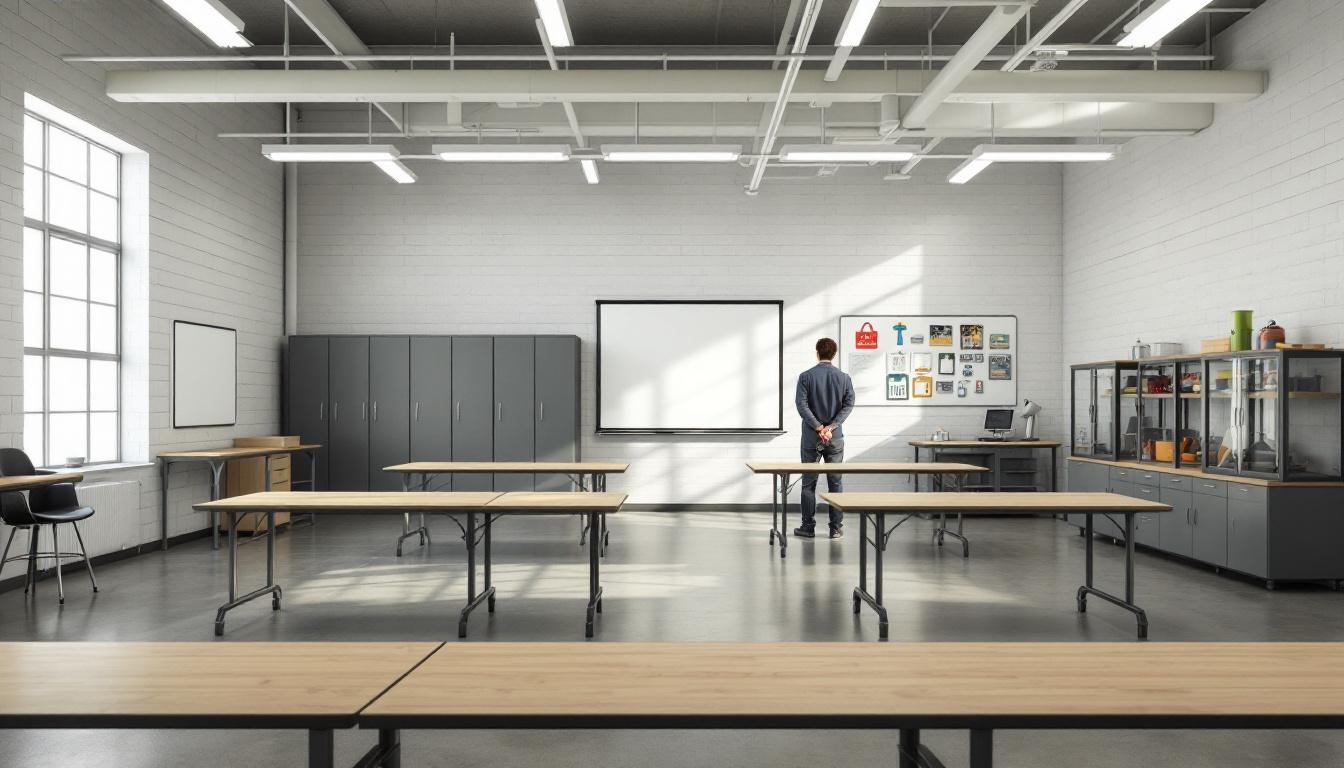
About Gallatin County Detention Center
Nestled in the Gallatin Valley beneath Montana's towering mountain peaks, Bozeman serves as home to Gallatin County Corrections, MT, a facility that plays an integral role within Montana's broader correctional framework. This MT correctional facility operates as a county-level institution, typically housing individuals awaiting trial, serving shorter sentences, or participating in various pre-release programs designed to support successful community reintegration. The facility generally serves residents from Gallatin County and surrounding areas, addressing the correctional needs of this rapidly growing region while maintaining connections to Montana's rural character and community-centered approach to justice.
Gallatin County Corrections, MT typically emphasizes rehabilitation through educational programming and skill development opportunities that may include vocational training, substance abuse counseling, and mental health services. The correctional facility often collaborates with local organizations to provide residents services that address underlying issues contributing to criminal behavior, such as addiction treatment programs and job readiness training. Given Bozeman's proximity to Montana State University and the area's diverse economy spanning agriculture, technology, and tourism, programming may often focus on preparing individuals for employment opportunities that reflect the region's economic landscape. The facility generally maintains policies designed to support family connections and community ties, recognizing that successful reentry depends heavily on maintaining these crucial relationships throughout an individual's period of incarceration.
Programs & Services
Educational initiatives form the cornerstone of rehabilitation efforts, with comprehensive services designed to address diverse learning needs. Residents typically have access to basic education programs that help them earn high school equivalency credentials, while financial literacy courses provide practical skills for managing money and understanding credit. Special education services ensure that residents with learning differences receive appropriate support and accommodations to succeed academically.
Vocational training opportunities complement educational offerings by preparing residents for employment upon release. These initiatives often include hands-on work programs that allow participants to develop job skills while contributing to facility operations. Additionally, painting and decorating programs may provide specialized trade training that can lead to certification and employment opportunities in construction and maintenance fields.
Restorative justice initiatives focus on healing and accountability, helping residents understand the impact of their actions on victims and communities. These programs typically encourage participants to take responsibility for their behavior while developing empathy and conflict resolution skills. The combination of educational, vocational, and therapeutic services creates a comprehensive approach to rehabilitation that addresses both practical needs and personal growth, supporting residents as they prepare for successful reintegration into their communities.
Daily Life & Visitation

Structure begins before dawn with consistent wake-up calls that establish the foundation for each day's activities. Today's schedule typically includes designated meal times, work assignments, and programming sessions that deliver predictability for residents. This routine generally remains stable throughout the week, allowing individuals to develop healthy patterns and know what to expect as they move through their daily responsibilities.
Living accommodations at the facility usually consist of shared housing units where residents maintain personal spaces within dormitory-style or cell arrangements. Meals are typically served in common dining areas at scheduled times, with residents often rotating through in groups to accommodate the population. Additionally, recreational opportunities may include access to outdoor exercise areas, indoor fitness equipment, and recreational activities that provide physical outlets during designated periods throughout the day.
Programming schedules generally encompass educational classes, vocational training, and counseling sessions that residents can participate in based on their individual needs and facility capacity. While maintaining security protocols, the facility typically offers visitation opportunities and phone access that allow residents to stay connected with family members and support systems. Work assignments within the facility often include kitchen duties, maintenance tasks, and cleaning responsibilities that contribute to daily operations while providing residents with structured activities and potential skill development opportunities.
Ready to Connect?
Start communicating with your loved one today
Search for an Inmate


